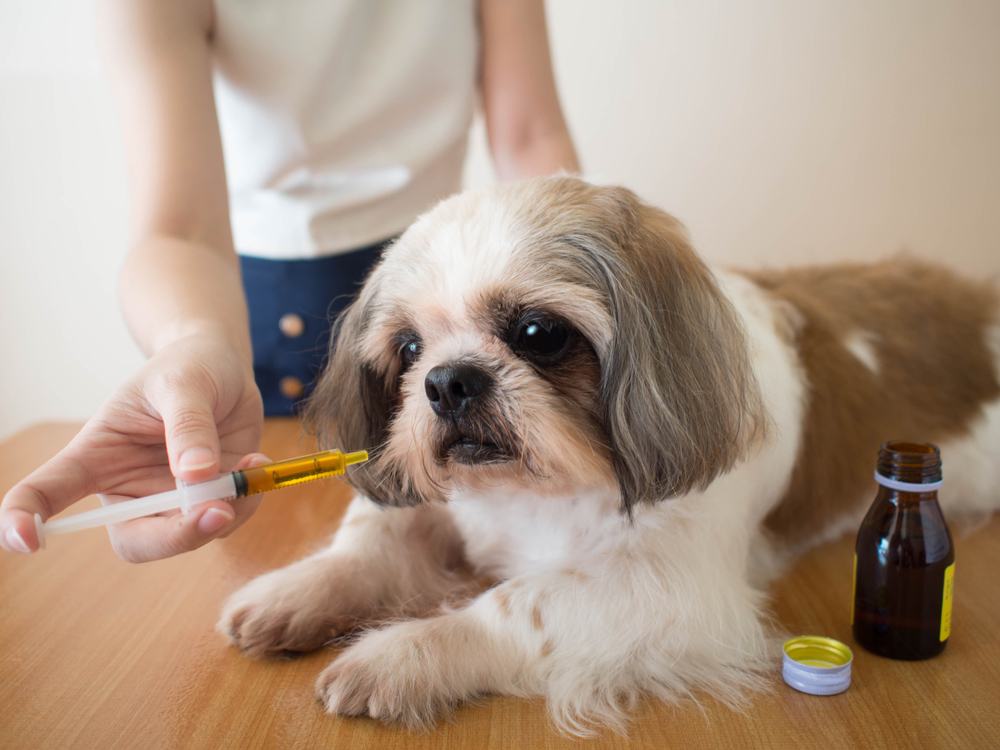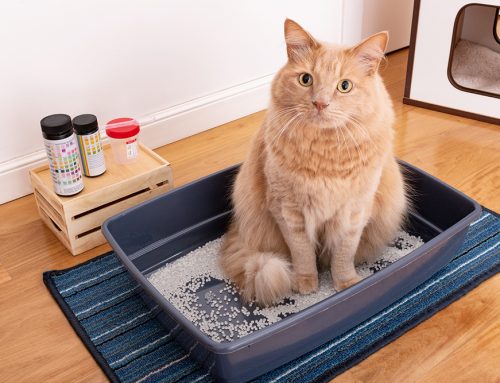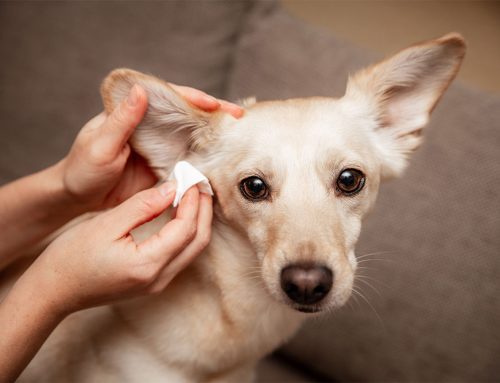Is medicating your pet a battle? Dogs and cats are often challenging to medicate, because of a past negative experience. While this was likely accidental, you will need to have patience to replace your pet’s bad memories with good ones. These seven strategies from your trusted south Austin vet, Oliver Animal Hospital, will help your pet learn to not only accept their medication, but also be a willing participant.
#1: Get help from your number one resource—our hospital
We understand that some pets are challenging to medicate, so let us help set you up for success. Tell us about your past experiences, so we can ensure effective treatment for your pet, and a pleasant experience for you. We are happy to demonstrate helpful tips and tricks for pilling your pet, applying ear or eye ointment, and using pill guns, muzzles, and towel wraps, and how to safely restrain your pet.
#2: Ask about other options for your pet
Alternative formulations, such as liquids, capsules, flavored tablets, or a one-time injection may be available, depending on your pet’s diagnosis. Would your pet prefer a tasty chew, or a meat-flavored liquid? Compounding pharmacies offer many pet-friendly options for some pet drugs.
#3: Embrace the power of food rewards for your pet
When we review your pet’s prescription, we’ll let you know whether the medication can be safely given with food. If so, use food generously. While praise and play are helpful, food as a reinforcement is fast and universally motivating, and naturally promotes satisfaction and happiness. Pets with negative opinions of being medicated need high value, irresistible rewards, such as the following, to ensure success:
- Cheese spread
- Peanut butter
- Cream cheese
- Wet food
- Flaked tuna
- Lunch meat
- Pet pill treats
#4: Use the correct body language with your pet
As far as our pets are concerned, we are an unmannerly species. We lean, hug, and reach in, in ways that dogs and cats find menacing and intrusive. Present your pet with a kinder version of yourself:
- Don’t stand over your pet — Get down to their level. Place small pets on a couch or bed. Sit on the floor or in a chair for larger breeds.
- Don’t reach or grab — Reward your pet for coming toward you. Pet a neutral area (e.g., shoulder or chest) before moving toward the more sensitive target.
- Don’t face off — For ear and eye meds, position your pet perpendicular to you. Medicating pets head-on is threatening, and will encourage them to move backward.
- Don’t forget about pain — Before handling your pet, be thoughtful of any painful conditions, including osteoarthritis, hip dysplasia, disc, or dental disease.
#5: Disguise your pet’s pills in food
If your pet has tasted a pill hidden in food, they are probably skeptical of anything you offer, so you will need to outsmart them by:
- Correctly wrapping pills — Many owners use too much food to hide a pill, causing their pet to chew. Properly masked medications are lightly covered. If your pet chews the pill, they will likely spit it out.
- Ensuring your pet is hungry — Medicate your pet before their meal to help ensure maximum cooperation.
- Playing the shell game — Use several identical treats along with the pilled treat, and feed your pet rapidly, always ready with the next treat.
- Requesting tricks for treats — Ask your pet to perform their favorite trick, reward them quickly, and cue the next trick to ensure they swallow.
- Playing catch — If your dog catches tossed treats, play a quick round, including the treat with the medication hidden inside.
Always have the next treat on its way, to keep your pet forward-focused. Separate your pets while medicating, to prevent another pet from consuming the medication.
#6: Use food effectively for your pet’s ear, eye, and topical medication
Encourage stillness and cooperation by making your pet focus as you smear sticky or soft foods on a lickable mat, inside a ceramic coffee mug, or on a washable surface, such as a shower door. Use a coated spoon to direct your pet’s gaze upward for eye medication.
Use your pet’s willingness to eat as a measure of their stress. If your pet stops eating, you have asked for too much too quickly. Break the process down, ask for less, and progress slowly. A comfortable pet will eat throughout the process.
#7: Plan for the future and train your pet to accept medication

Don’t wait until your pet is sick or painful to handle them, or practice giving medication. Help your pet learn that touch and restraint can be positive, by rehearsing while they are healthy.
Spend a few minutes a day handling your pet. When they are calm and relaxed, touch a neutral area, and follow with a small treat. Repeat this several times, and then progress toward a more sensitive area. Always immediately follow touch with a small treat.
Practice manually medicating your pet using treats that are given only in these situations. You and your pet will be more relaxed if you practice medicating them when they are healthy. These techniques will become second nature in time, and your pet will look forward to taking pills.
As your south Austin veterinarian, Oliver Animal Hospital is committed to ensuring you have the tools and knowledge you need to care for your pet. If you have additional questions about medicating your pet, contact us.








Leave A Comment